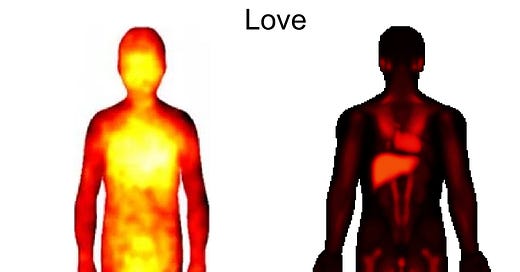Mapping Ancient Emotions: How Mesopotamians Felt and Expressed Their Feelings in the Body
Exploring Neo-Assyrian Cuneiform to Understand the Connection Between Emotion and Anatomy Thousands of Years Ago
Discovering Emotion in Ancient Mesopotamia
From the flutter of "butterflies in the stomach" to the weight of a "heavy heart," emotions are often tied to physical sensations in modern cultures. But how did ancient humans experience and describe these feelings? A groundbreaking study of Neo-Assyrian texts written in the Akkadian language has revealed how e…
Keep reading with a 7-day free trial
Subscribe to Anthropology.net to keep reading this post and get 7 days of free access to the full post archives.


